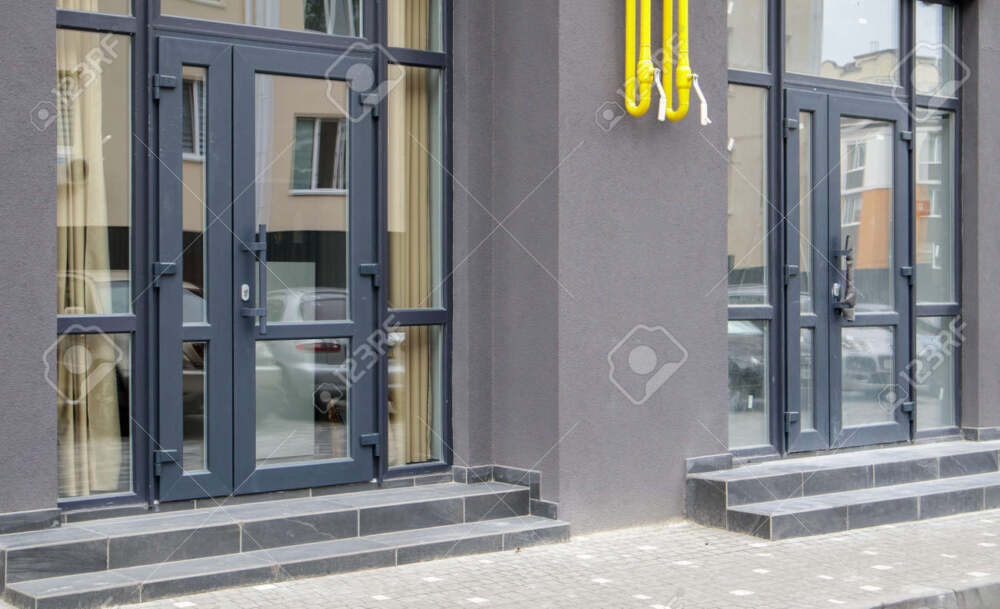Amid broader housing pressures, renters increasingly favour detached homes—but affordability remains elusive
Across the U.S. rental landscape, a notable shift is underway: detached single-family homes are gaining share among renters, while apartments—especially large multifamily complexes—are starting to show signs of slower growth and softening rent momentum. This evolving picture offers new challenges and opportunities for renters, developers and policymakers alike.
The Changing Dynamics
For years, apartments—particularly in dense urban cores—led rental growth, driven by younger renters, students, urbanisation and rising home-prices pushing households into renting. But several underlying forces are now nudging more renters toward single-family homes:
- Space and flexibility: The legacy of the pandemic still looms large. Many renters continue to prioritise more living space, work-from-home flexibility, yards or garage access—features more commonly found in detached homes than dense apartment towers.
- Geographic shift: As urban cores soften or become less affordable, some renters are moving to suburbs, smaller cities or even exurbs where single-family rentals are more available and comparatively cheaper per square foot.
- Supply constraints in apartments: Multifamily developers are facing higher interest rates, construction cost inflation, and regulatory hurdles. As a result, new apartment completions are increasing but at a slower rate than in recent boom years, reducing the pace of new supply entering the market.
- Affordability realities: In many metro areas, the jump in apartment-rental prices over recent years has eroded the differential with single-family homes. As a result, for some renters the premium for apartments no longer seems justified when similar rents fetch a house with more amenities.
On the flip side, single-family rental operators—both institutional investors and small landlords—are capitalising on the trend, converting homes previously destined for owner-occupancy into rental stock, and marketing to families who value space but are not ready to buy.
Rent Trends: Divergence Emerging
Recent data indicates that while apartment asking rents remain elevated, their year-on-year growth has begun to moderate in many markets. Vacancy rates in some large apartment portfolios are inching up slightly, pointing to more supply coming online, and competition is beginning to show.
Conversely, single-family rental homes are holding up well. In numerous suburban markets, rental demand remains strong, with occupancy typically above 95 percent and landlords able to command premium rents for homes in good school districts or with attractive amenities.
For renters, this means a shifting landscape: the “renters’ premium” that used to favour apartments is narrowing—and in some cases reversing. A suburban three-bedroom home may now cost little more than a two-bedroom apartment in a central location, making the house option more appealing.
Regional & Socio-economic Variations
Not all markets are moving in lockstep. Key variations include:
- Sun Belt vs Coastal markets: Many Sun Belt and mid-tier metro areas are seeing strong single-family rental demand as populations grow and housing for ownership remains constrained. In some coastal high-cost metros, apartments remain the default for smaller households despite rising costs.
- Households with children vs young singles: Families with children or dual-income workers seeking more space are more likely to choose single-family rental homes. Conversely, younger singles or couples without children may still prefer apartments for amenity access, walkability and proximity to employment.
- Income tiers and affordability: For lower-income renters, apartments (especially subsidised or older stock) are still critical. But as apartment rents rise, some middle-income renters are finding value in homes further out—if commuting allows.
Implications for Builders, Investors and Policymakers
The shifting rental demand has wide-ranging consequences:
- For developers and investors: The slower growth in new apartment projects means some re-thinking is required. Institutional investors in single-family rentals are likely to see strong performance, but they also face risks—maintenance, geographic dispersion, and managing tenant turnover can be costlier than in a high-rise apartment complex.
- For housing affordability: While the trend to houses may help some renters find more space, it also raises concerns. Single-family homes are typically more expensive to build, maintain, and manage—so rents may ultimately be higher. In addition, if many houses are converted to long-term rentals, it could further tighten the supply of homes for purchase, pushing first-time buyers farther away.
- For urban planners and policy makers: The shift highlights the need for a dual-pronged approach: ensuring sufficient multifamily development in walkable areas for rental affordability, and supporting rental housing in suburban and exurban areas. Zoning, infrastructure, and transit become central to managing this allocation. Policymakers should also watch for unintended consequences—such as increased suburban sprawl, longer commutes, or aging-in-place challenges.
- For renters: Renter considerations are evolving. Those looking for long-term renting may increasingly favour single-family homes if affordability holds, but must consider commute times, access to services, public transit, and the trade-off between space and location. Renters still prioritise flexibility but may now weigh space and amenities more heavily.
Looking Ahead: What to Watch
In the coming 12-18 months, several developments will be important to monitor:
- Construction financing and cost trends: If construction costs for apartments decline or financing becomes cheaper, the balance may shift back toward more apartment building and a slower house-rental expansion.
- Interest rates and mortgage trends: If home-buying becomes significantly cheaper (through rate cuts or policy incentives), some renters may jump into ownership—reducing rental demand in both segments.
- Migration and demographic patterns: Continued migration toward lower-cost metros or work-from-home patterns could sustain strong demand for single-family rentals. Conversely, a rebound in downtown employment may revitalise apartment demand.
- Policy interventions: Rent regulation, housing subsidies, zoning reforms and infrastructure investments will play a large role in shaping supply and affordability outcomes in both housing types.
- Supply-side signals: Vacancy rates, rental inventory growth, and new construction starts will offer early clues as to whether the current shift is structural or temporary.
Conclusion
The U.S. rental market is at a turning point. The longstanding dominance of apartments as the default rental option is being challenged by the growing appeal of single-family homes—driven by space, flexibility, and changing preference patterns. For renters, developers and policymakers alike, adapting to this change will be key. Whether this represents a long-term realignment or a momentary blip remains to be seen—but the implications for housing affordability, urban form and rental strategies are real and unfolding now.
















Leave a Reply